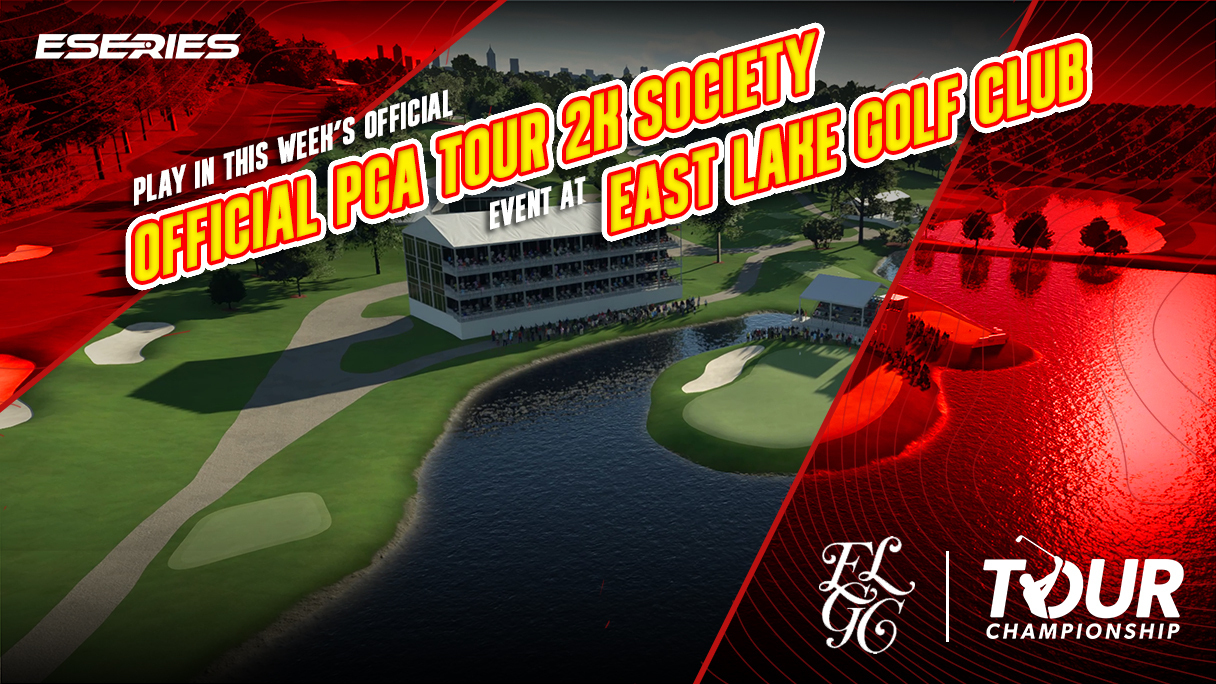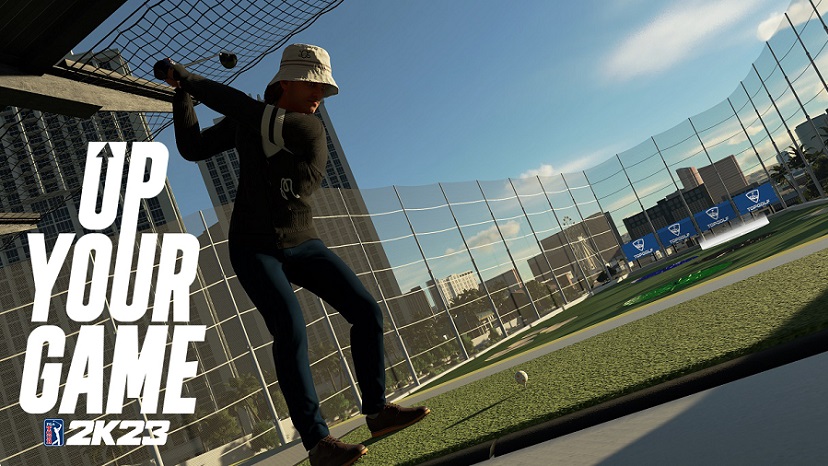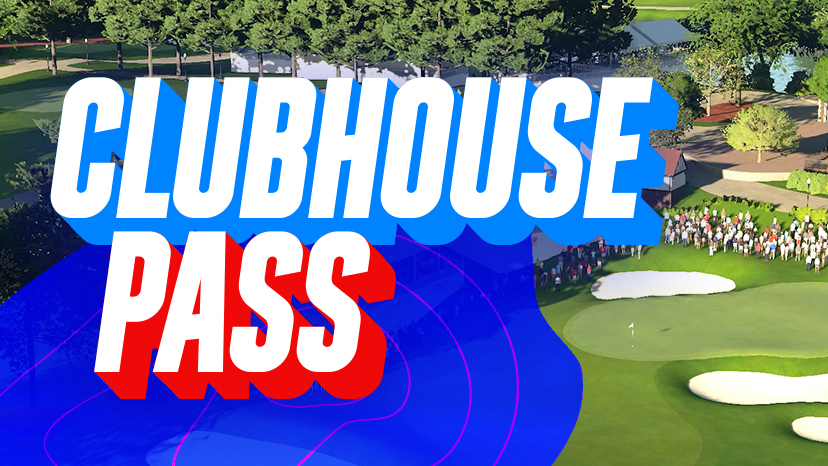PGA TOUR 2K23 CLUBHOUSE PASS: SEASON 7
Ring in the New Year with the PGA TOUR 2K23 Season 7 Clubhouse Pass, filled with the best items from every Season and all-new Smerf challenges to complete.
READ THE REPORTPGA TOUR 2K23 is bursting with brand new content! Stay up to date with the latest features and content dropping in game including Clubhouse Pass rewards, newest additions to the Playable Pros roster, and new courses.

PGA TOUR 2K23 features some of the PGA TOUR’s most notable courses, ranging from TPC Scottsdale to the Riviera Country Club and more, each boasting well-manicured greens, fairways, and bunkers. Throughout the PGA TOUR season, we’ll feature one of the many historic courses you'll find perfectly replicated in-game. Before you decide to attack the spotlighted course, take a moment to learn more about its dastardly hazards, serene setting, mind-bending dog-leg turns, and the mastermind behind the masterpiece.

Up your gameplay experience in PGA TOUR 2K23 with detailed guides and breakdowns from members of the HB Studios team. Learn how to become an expert putter, the mechanisms behind the game’s lifelike ball physics, and the must-know tips for generating spin, among other things. Up Your Game is the perfect place for new and experienced players to expand and improve their skills in MyCAREER and online.

Clubhouse Pass Seasons are here for PGA TOUR 2K23!
Each Season, earn XP and claim new rewards and content as you climb your way up the Clubhouse Pass tier ladder! Clubhouse Pass is the best way to acquire new gear for your bag, boosts for your game, and new fits for your wardrobe. Learn how now!

Subscribe to receive news and promotional messages from 2K and its affiliates.